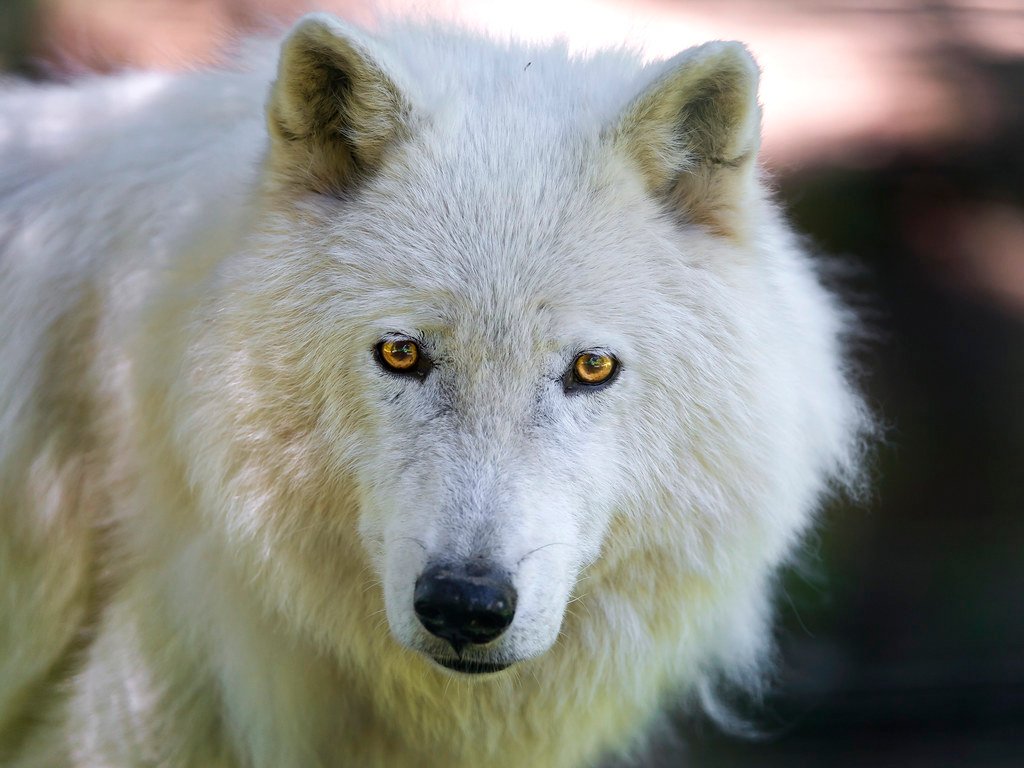When you look into your dog’s eyes, something magical happens. Your pet companion seems to read your every emotion, responding with uncanny accuracy to your moods, fears, and joys. This remarkable connection might feel uniquely modern, forged through years of domestication and selective breeding. Yet new research suggests something far more extraordinary: wolves, dogs and humans share extremely social and cooperative minds rooted in phylogenetic homology and convergence of neuronal and physiological mechanisms, particularly in brain functioning and communication of basic affects and stress and calming mechanisms.
The story behind this ancient emotional code spans tens of thousands of years, reaching back to when our ancestors first encountered wolves around campfires. What emerged wasn’t just a partnership based on food scraps and mutual protection. Instead, it was the beginning of an interspecies emotional language that would fundamentally reshape both human and canine evolution. So let’s get started.
The Shared Neurological Foundation
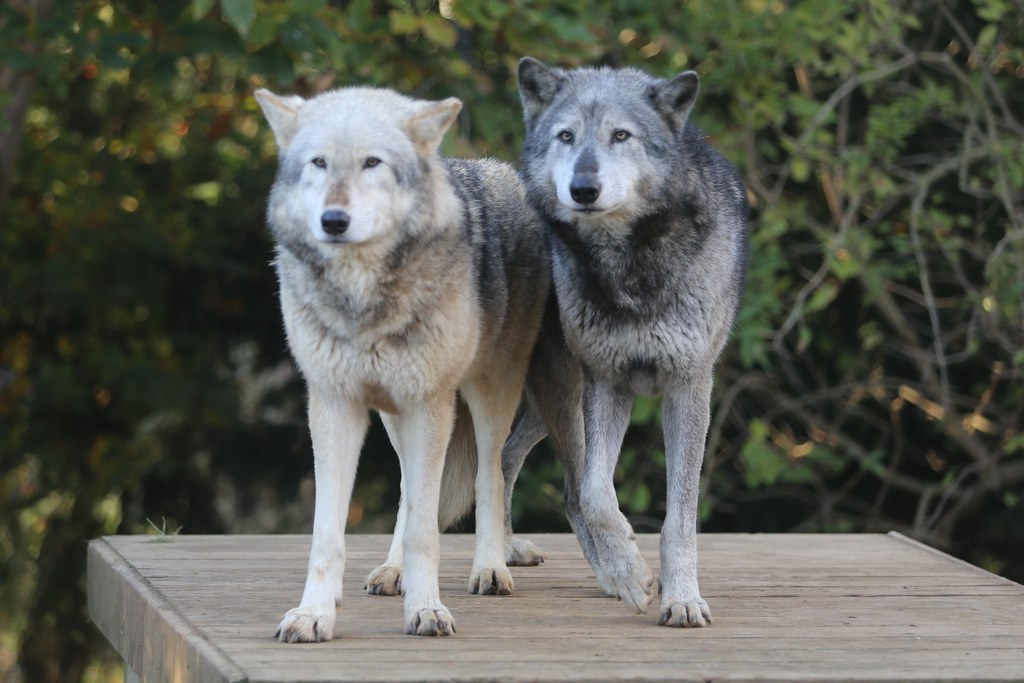
Deep within the brains of wolves, dogs, and humans lies a remarkable similarity. Major neural and physiological social mechanisms are shared among amniotic vertebrates, including the extremely conservative brain social network, stress systems, and the oxytocin “calming system”. This isn’t coincidence but evolutionary heritage.
Think of this shared neural architecture as nature’s social operating system. Such evolutionarily homologous and functionally preserved structures include the basic affective systems, particularly those for attachment and caregiving, as well as motor systems for expressing and communicating affects and emotions. When your dog tilts their head at your tone of voice, they’re using the same basic emotional processing systems that wolves have relied on for millennia.
The Oxytocin Connection: A Chemical Bridge Between Species

Humans bond emotionally as we gaze into each other’s eyes through a process mediated by oxytocin, and mutual gazing between dogs and humans increases oxytocin levels, with sniffing oxytocin increasing gazing in dogs, an effect that transfers to their owners. This creates a self-reinforcing cycle of connection.
What makes this discovery stunning is its specificity. Wolves, who rarely engage in eye contact with their human handlers, seem resistant to this effect. The research reveals that when dog-owner duos spent the greatest amount of time looking into each other’s eyes, both male and female dogs experienced a 130% rise in oxytocin levels, and both male and female owners a 300% increase. This chemical symphony plays out every time you share a quiet moment with your canine companion.
Ancient Cooperation Skills Inherited From Wolves
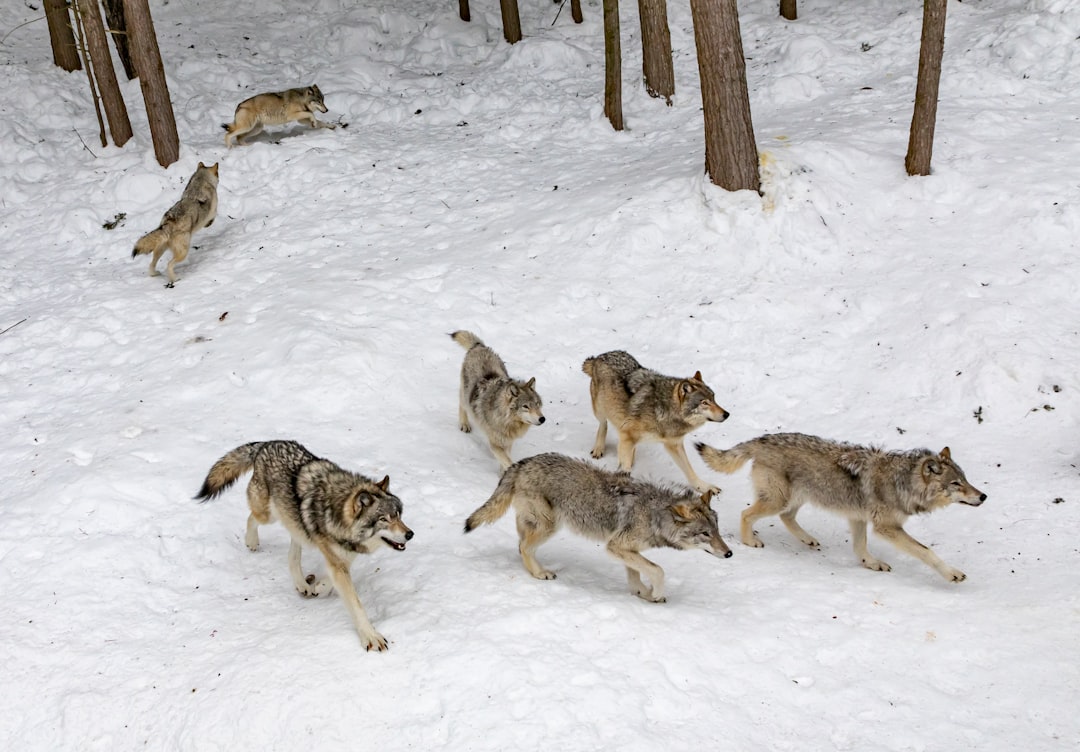
Most recent scientific results find that most of the dog’s social behavior, cognition, and cooperativeness is direct wolf heritage and did not emerge in domestication, as previously thought. This challenges everything we assumed about how dogs became so socially adept.
Both Palaeolithic humans and wolves were hypercursorial hunters, cooperating in complex and prosocial ways within their clans with respect to hunting, raising offspring, and defending against competitors and predators, and these eco-social parallels shaped the development of similar social mindsets in wolves and humans. Your dog’s ability to work alongside you isn’t entirely learned behavior. It’s an ancient toolkit, refined over thousands of generations of wolf pack cooperation.
The Williams-Beuren Syndrome Connection
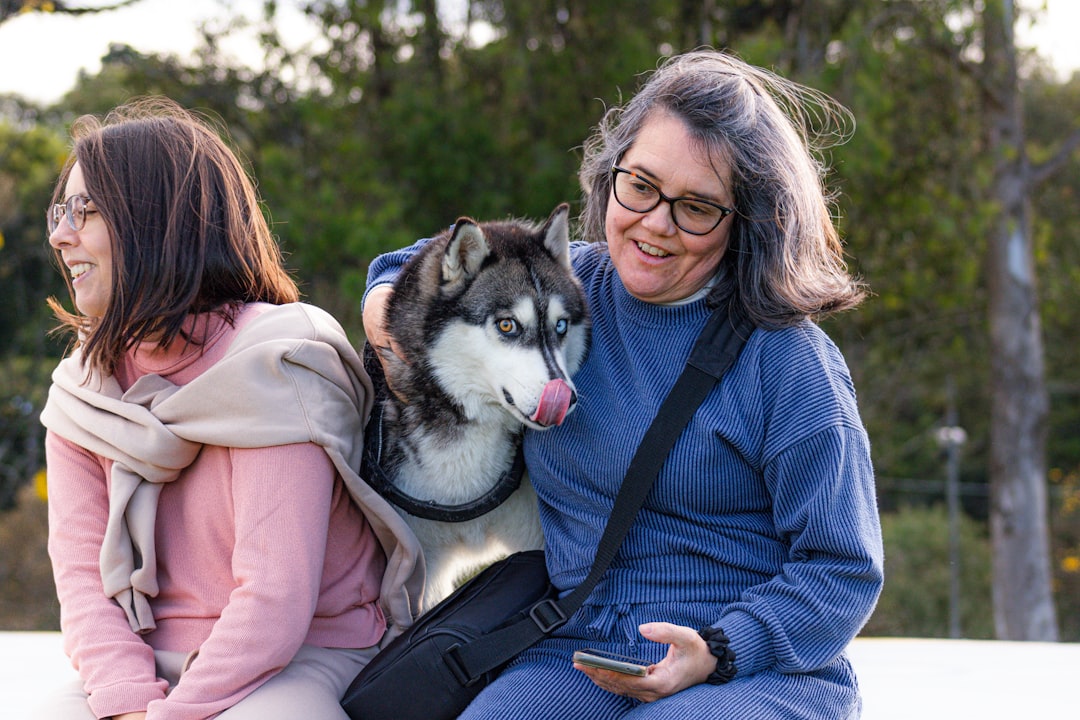
In humans, genetic variation in a specific stretch of DNA causes Williams-Beuren syndrome, characterized by exceptionally trusting and friendly behaviors, and results suggest that random variations to these genes may have played a role in causing some dogs to first cozy up with humans. This genetic link provides crucial evidence for shared emotional mechanisms.
Research into the genetic underpinnings of dogs’ changes in human-directed behavior indicated that selection pressures throughout domestication have led to an increased occurrence of structural variants in dogs’ genome that are associated with the William Beuren Syndrome in humans, a condition characterized by exaggerated motivation to seek social contact. It’s as if evolution took the blueprint for human hyper-sociality and enhanced it in our canine companions.
Facial Expression: The Language of Emotion

The varying facial morphologies of dogs limit their ability to produce the same range of affective facial expressions as wolves, and these morphological differences limit the abilities of dogs to successfully produce the same affective facial expressions as wolves. Yet both species retain core emotional communication systems.
Surprisingly, there was little overall difference between wolves’ and dogs’ facial expressions, though wolves mainly displayed attentive, forward-directed ears, whereas dogs exhibited more ear positions associated with ambivalence or submission, such as rotated and downward-pushed ears. However, dogs likely use vocalizations to compensate for limitations in facial communication. Your dog’s expressive barking isn’t just noise. It’s sophisticated emotional language filling gaps left by altered facial structure.
Play Fighting: The Foundation of Social Skills
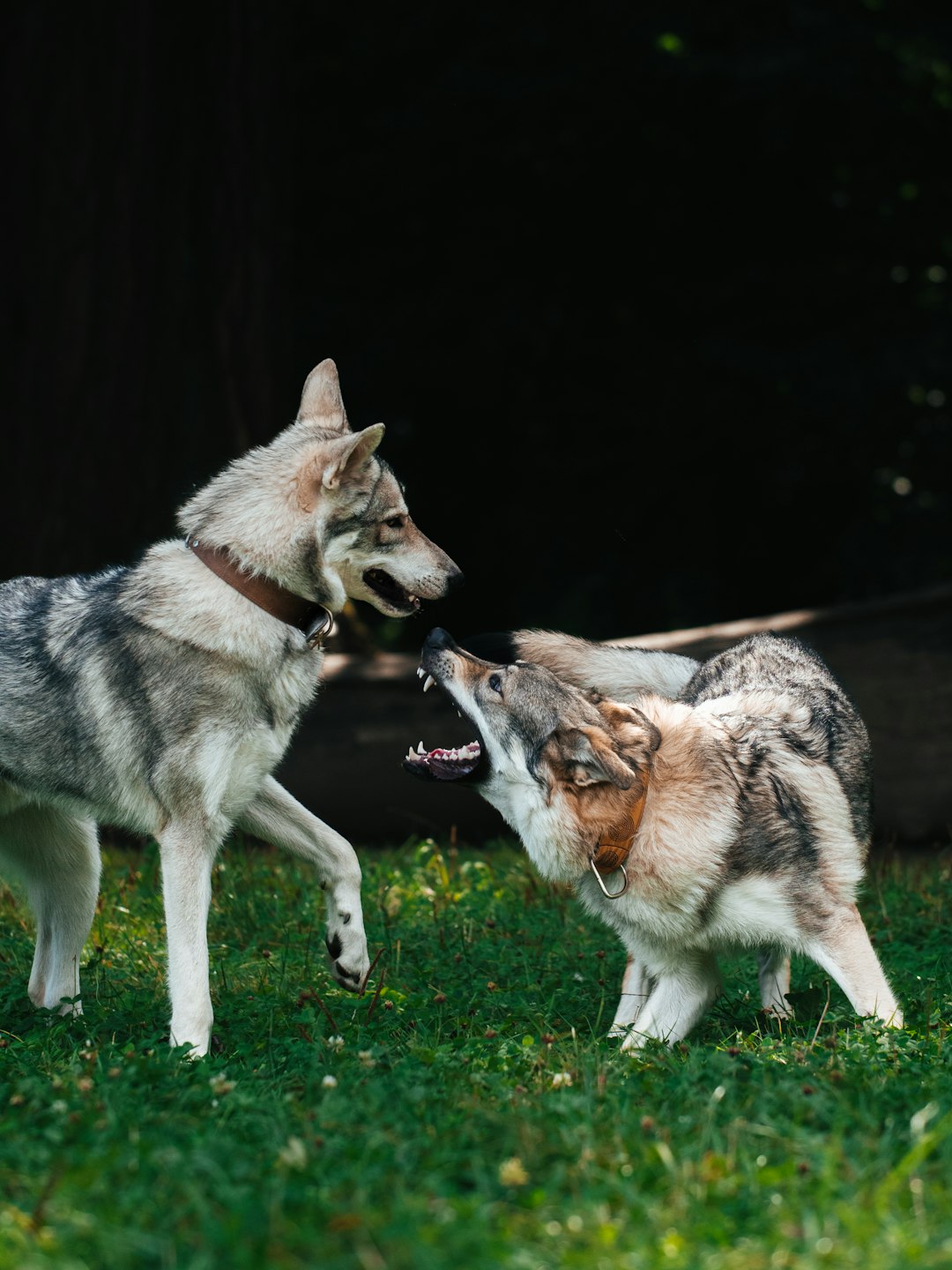
Wolves engage in play fighting, which strongly resembles real fighting, by finely modulating their motor actions and quickly interpreting playmates’ intentions, thus maintaining the non-serious playful mood, and all these cognitive and social skills were fertile ground for artificial selection operated by humans to redirect the cooperative propensity of wolves towards dog-human affective relationship.
When you watch puppies wrestling together, you’re witnessing an ancient social technology. Play offers a positive and safe environment in which subjects can implement not only their physical skills but also their emotional capacities, and the ability to perceive and share others’ emotional states permits players to anticipate partners’ intentions and modulate their actions consequently, with rapid mimicry representing an affinitive signal that strengthens social bonds between interacting subjects. This playful interaction forms the foundation for deeper emotional understanding.
Stress Response Systems: Shared Vulnerability and Comfort

In a 2018 study, dogs exposed to sweat from scared people exhibited more stress than dogs that smelled “happy” sweat, with anxiety smelling unpleasant to dogs, whereas relaxed happiness can put them at ease. This chemical empathy reveals deep-rooted emotional synchronization.
Dogs’ increased human-directed sociability compared to wolves may result from increased oxytocin system activity and decreased stress responses, though physical contact correlated positively with glucocorticoids in pack-living animals when the human was not bonded, while pet dogs showed oxytocin concentrations correlating positively with physical contact with their owners while glucocorticoids remained unaffected. Your dog doesn’t just notice your stress. They physiologically respond to it, sharing your emotional burden in ways science is only beginning to understand.
The Evolution of Interspecies Understanding
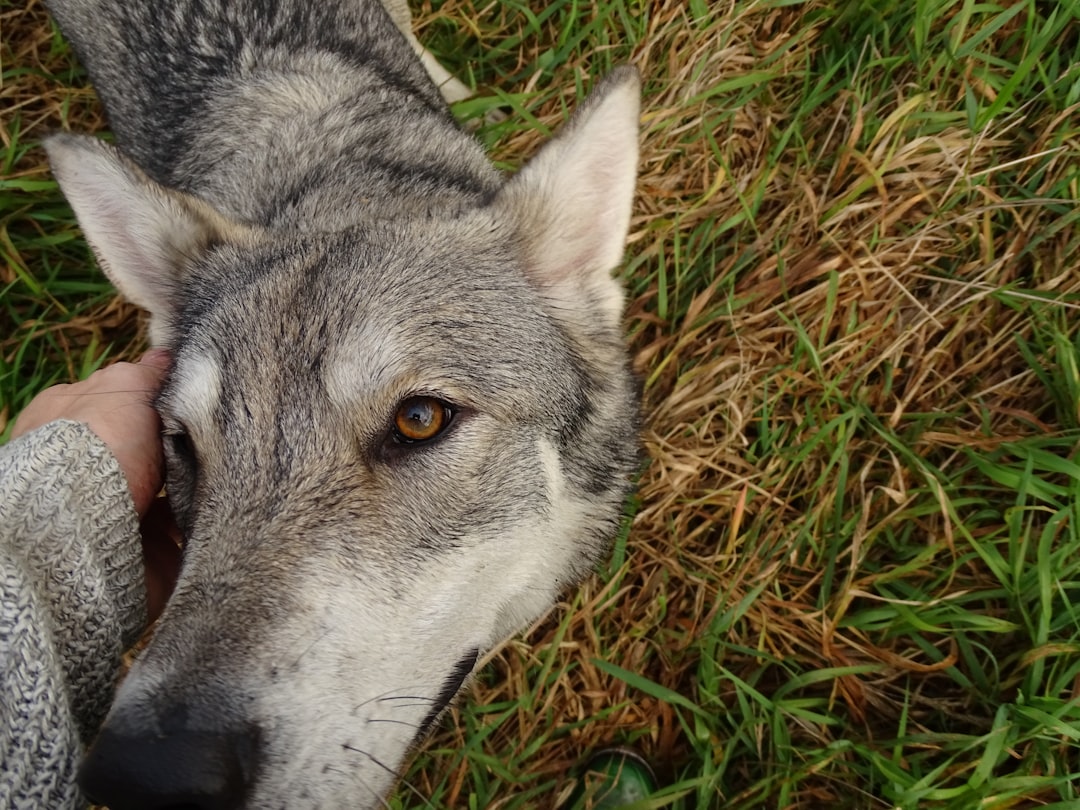
When tested in social learning tasks with human and conspecific demonstrators, both wolves and dogs benefited from demonstration independent of demonstrator species, but when demonstrators only pretended to hide food, dogs differentiated between this without-food and with-food demonstration independent of demonstrator species, while wolves only did so with human demonstrators.
This suggests something profound about the evolution of dog-human understanding. As wolves were morphing into dogs, only those that could bond with humans would have received care and protection, and humans themselves may have evolved the ability to reciprocate, adapting the maternal bonding feedback loop to a new species, potentially because oxytocin decreases anxiety and may have been important for human survival as well. We didn’t just domesticate dogs. We co-evolved with them.
Modern Implications: Why This Matters Today
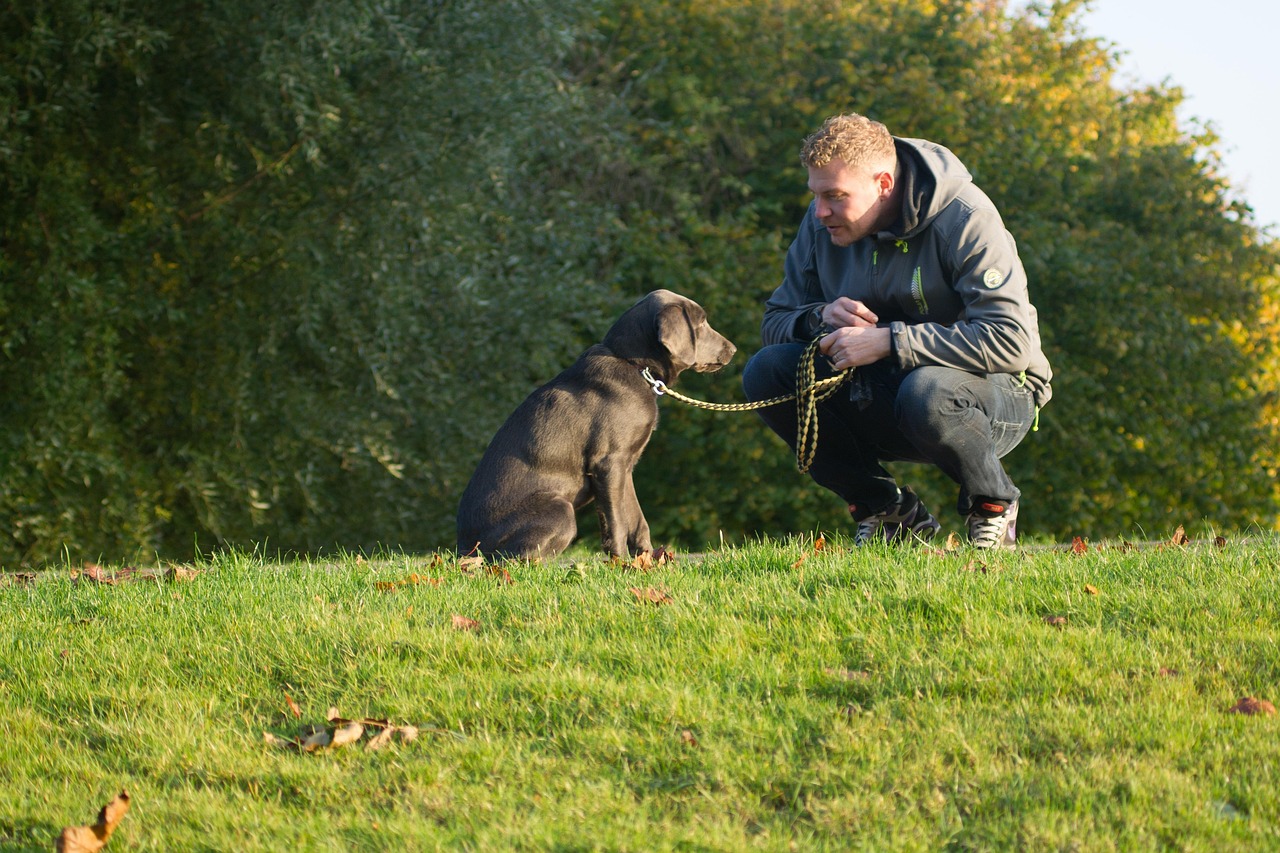
Studies have shown that when dogs and humans interact positively both partners exhibit a surge in oxytocin, and several studies suggest that the oxytocinergic system may play a crucial role in enabling the formation of such strong relationships between dogs and their human caregivers. This ancient emotional code continues to influence modern pet relationships.
Thousands of years of co-evolution shaped dogs into emotional experts, with evidence suggesting they respond to our tone of voice, recognize our facial expressions, and even mirror our stress, with this interspecies empathy reinforced by oxytocin, deepening the human-dog bond. Understanding this biological basis helps explain why dogs are so effective in therapy, assistance work, and emotional support roles. They’re not just trained companions. They’re evolutionary partners in emotional communication.
The Continuing Mystery
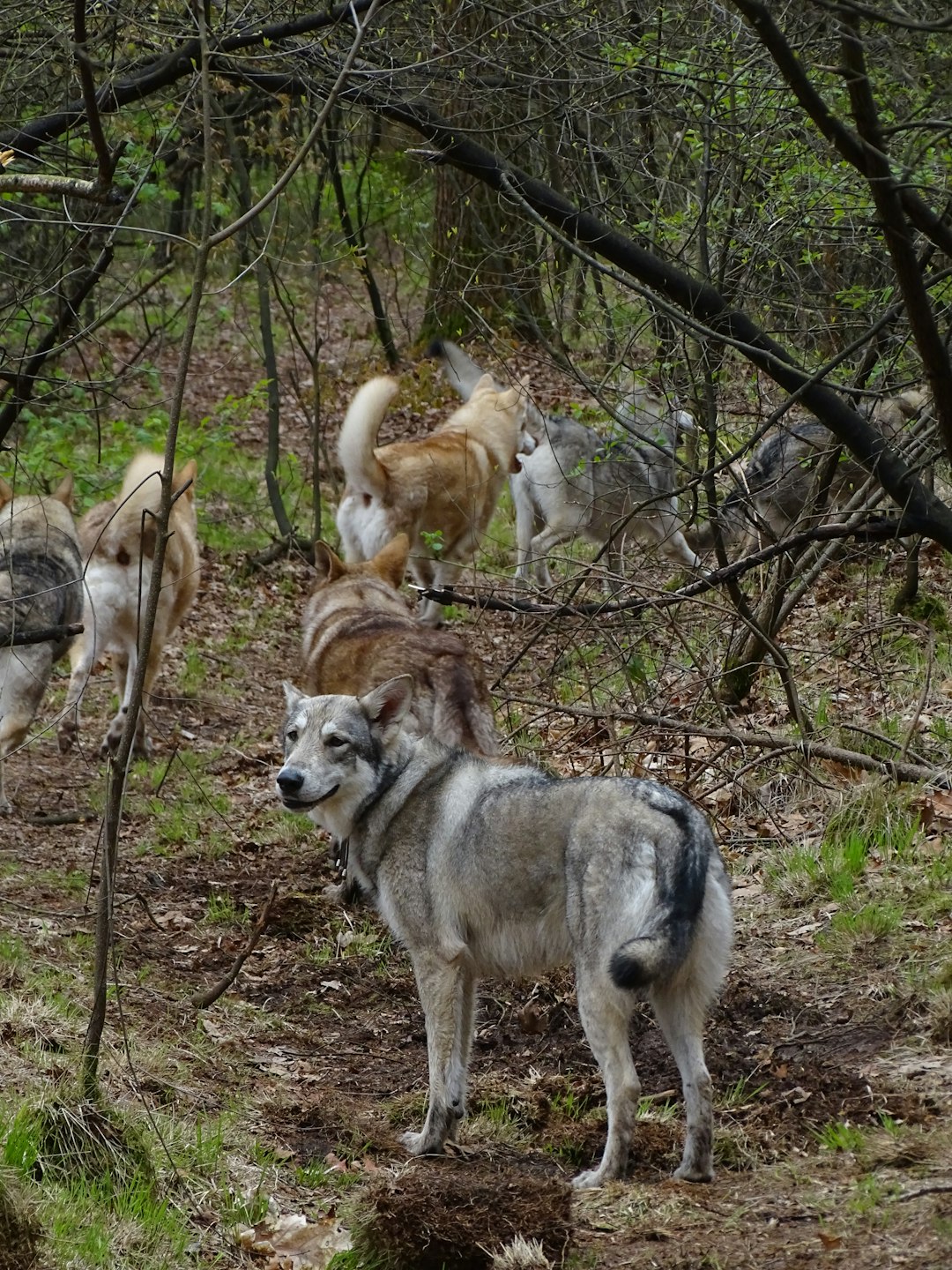
Despite these remarkable discoveries, significant questions remain. Some researchers question whether we’ve discovered all the details of wolf oxytocin mechanisms yet, noting that wolf oxytocin levels, even before interacting with handlers, are notably higher than that of all dogs tested, suggesting we may not have uncovered the complete picture of wolf emotional systems.
Motor, physiological, psychological, and hormonal mimicry phenomena are intertwined factors that may depend more on social closeness than on phylogenetic relatedness, and this shared interspecies communication, which is at the basis of social attachment, could be a promising starting point for expanding investigation of motor resonance phenomena between dogs and humans. The ancient emotional code between wolves, dogs, and humans may be far more complex than we currently understand.
The evidence paints a picture of profound evolutionary partnership. A phylogeny-based, between-species common social toolbox allows for true interspecific social relationships, such as that between humans and dogs, and mutual understanding between humans and their animal companions is possible because of the principles of behavioral organization they share due to their common phylogeny. When your dog seems to understand your emotions with uncanny accuracy, they’re drawing from an ancient wellspring of shared neural architecture, chemical communication systems, and evolutionary history that spans tens of thousands of years.
This isn’t anthropomorphizing or wishful thinking. It’s science revealing the biological reality of one of humanity’s most enduring partnerships. The emotional connection you feel with your canine companion is real, measurable, and rooted in evolutionary history that predates written language, agriculture, and civilization itself.
What do you think about this remarkable interspecies emotional bond? Tell us in the comments.

